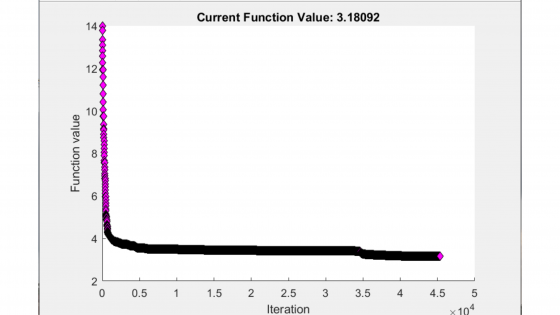Project leader: Professor Tarek Elgindi
Project managers: Yupei Huang and Karim Shikh-Khalil
Team members: Jeffrey Cheng, Jeremy Savarese, Samia Zaman
Almost every physical phenomenon has behind it a minimization or maximization principle. The calculus of variations is the study of such principles and it contains powerful tools that are used throughout mathematics. We refer to a problem in which we are searching for a minimum or a maximum as an optimization problem. This summer, our group worked on one such problem which relates to an open question in mathematics known as the Morrey Conjecture (1952). The conjecture deals with two properties of functions which are known as quasiconvexity and rank-one convexity. It is currently unknown whether these two properties are equivalent in general (that is, whether each implies the other). If these notions were in fact equivalent, it would allow for the use of more powerful tools in the calculus of variations. Although it can be shown that every function satisfying the quasiconvexity property must also satisfy rank-one convexity, Morrey conjectured that the reverse-implication will not always hold. Proving this conjecture was the primary focus of our work this summer. Doing so would require us to find an example of a function which satisfies the rank-one convexity property but not the quasiconvexity property.
A convex function is a function that lies above all its tangent (hyper)-planes. These types of functions are extremely useful in minimization problems as they have a single global minimum. However, they are also quite rare in practical applications. There exist several weaker notions of convexity which can better characterize non-convex functions. One of these notions, quasiconvexity, is equivalent to weak lower semi-continuity, an important property that implies the existence of a minimizing sequence's weak convergence to a minimum. However, quasiconvexity is difficult to characterize, but it implies another notion of convexity, rank-one convexity. If the reverse implication held as well, there would be an easier method to check weak lower semi-continuity as rank one convexity is easier characterized. However in 1952, Morrey conjectured that rank-one convexity does not imply quasiconvexity. In 1992, Sverak proved Morrey's conjecture, finding a counterexample that can be generalized to any function with domain of dimension $n \geq 2$ and codomain of $m \geq 3$. The case of $n = m = 2$ remains open, and was the target of our efforts this summer.


